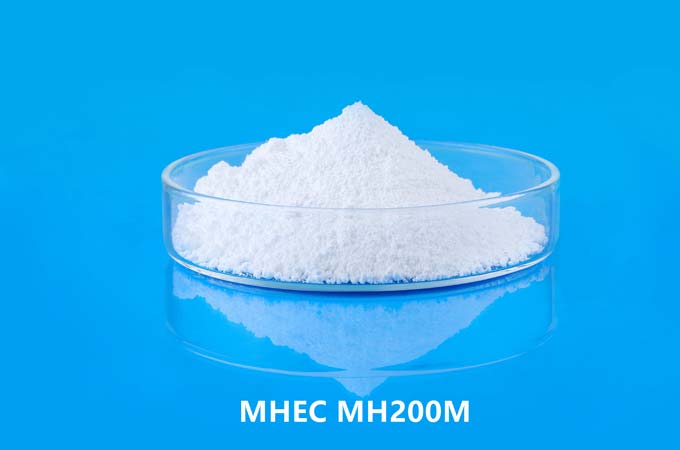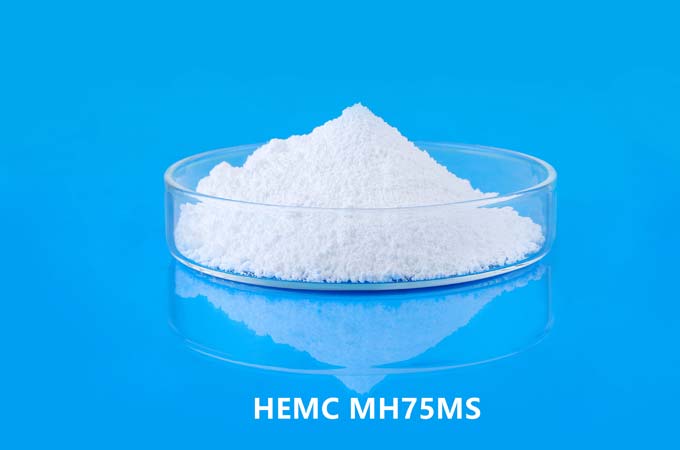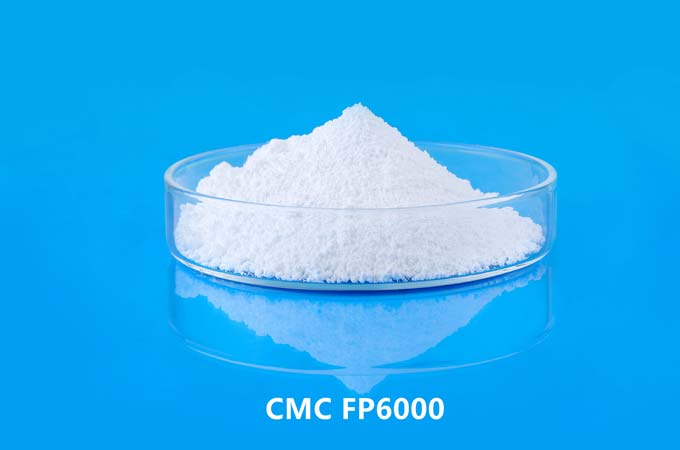Modified hydroxyethyl cellulose (MHEC) is a derivative of cellulose that has been chemically modified to enhance its properties and expand its applications. This article takes an in-depth look at the properties of MHEC and its wide range of applications across various industries. From construction to pharmaceuticals, MHEC exhibits unique properties that make it a versatile material with multiple uses.
Cellulose derivatives play an important role in various industries due to their biodegradability, non-toxicity and renewable nature. Modified hydroxyethyl cellulose (MHEC) is one such derivative that has attracted attention due to its unique properties and applications. By chemically modifying hydroxyethylcellulose (HEC), MHEC provides improved performance in a variety of environments, from construction materials to pharmaceutical formulations.
1. Characteristics of modified hydroxyethyl cellulose (MHEC)
1.1 Chemical structure
MHEC is derived from hydroxyethylcellulose, a water-soluble polymer obtained by reacting ethylene oxide with cellulose.
Chemical modification involves the introduction of various functional groups into the cellulose backbone, changing its properties.
The degree of substitution (DS) determines the degree of modification, affecting properties such as solubility, viscosity, and thermal stability.
1.2 Solubility and dissolution rate
MHEC exhibits excellent solubility in water, forming clear solutions with low viscosity.
The dissolution rate can be tuned by adjusting the degree of substitution and molecular weight, making it suitable for a variety of applications requiring controlled release or rapid dissolution.
1.3 Rheological properties
MHEC powder imparts pseudoplastic behavior to the solution, exhibiting shear thinning properties.
Rheological properties can be fine-tuned to obtain the desired viscosity profile, which is critical for applications such as coatings, adhesives and pharmaceutical formulations.
1.4 Thermal stability
MHEC exhibits good thermal stability, maintaining its properties over a wide temperature range.
This property is advantageous in applications where exposure to high temperatures is expected, such as in construction materials or industrial processes.
1.5 Film formation and mechanical properties
MHEC can form transparent films with good mechanical strength.
Film properties depend on factors such as DS, molecular weight and plasticizer content, providing versatility in applications requiring barrier films or coatings.
2. Application of modified hydroxyethyl cellulose (MHEC)
2.1 Construction industry
MHEC is widely used as a rheology modifier in cementitious materials including mortars, grouts and self-leveling compounds.
It enhances workability, water retention and adhesion, improving the performance and durability of building products.
MHEC-based formulations help reduce shrinkage, crack resistance and improve surface finish in concrete applications.
2.2 Pharmaceutical preparations
In the pharmaceutical field, MHEC is a key ingredient in controlled release matrices, oral solid dosage forms, and ophthalmic formulations.
Its ability to modulate drug release kinetics makes it valuable in the design of sustained-release formulations with improved bioavailability and patient compliance.
MHEC-based hydrogels have found applications in wound dressings, drug delivery systems, and tissue engineering due to their biocompatibility and tunable properties.
2.3 Personal care products
MHEC is used in a variety of personal care formulations, including shampoos, creams and lotions.
It acts as a thickener, stabilizer and film former, enhancing product texture, viscosity and stability.
The non-toxic nature of MHEC makes it suitable for use in cosmetics and skin care products, complying with regulatory requirements.
2.4 Paints and Coatings
In the paint and coatings industry, MHEC is a versatile additive that improves viscosity, leveling and film formation.
It promotes pigment dispersion, reduces spatter and enhances coating adhesion for high-quality finishes in architectural paints, coatings and adhesives.
2.5 Food and Beverage Industry
MHEC is used in the food and beverage industry as a thickener and stabilizer.
It improves the texture, mouthfeel and shelf stability of products such as sauces, dressings and beverages.
MHEC is generally recognized as safe (GRAS) by regulatory agencies, making it suitable for food applications.
Modified Hydroxyethyl Cellulose (MHEC) has a wide range of properties and applications in different industries. From building materials to pharmaceutical formulations and personal care products, MHEC's versatility stems from its unique chemical structure and tunable properties. As research continues to explore new applications and formulations, MHEC is expected to play an increasingly important role in various fields, addressing challenges and meeting changing market needs. Understanding the properties and applications of MHEC is critical to realizing their full potential and driving innovation in materials science and product development.
 English
English 日本語
日本語 français
français Deutsch
Deutsch Español
Español italiano
italiano русский
русский português
português العربية
العربية Türkçe
Türkçe Nederland
Nederland



